Canon EOS 6D review
The Canon EOS 6D is its smallest, lightest and most affordable full frame DSLR
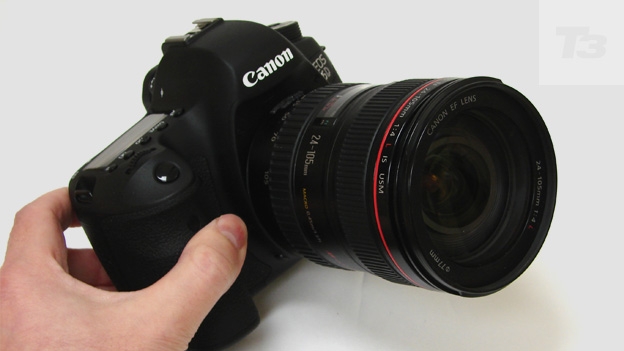
-
+
Full-frame chip
-
+
Proper photographic control
-
+
Wi-Fi picture transfer
-
-
Pricey if you're not a pro
Why you can trust T3


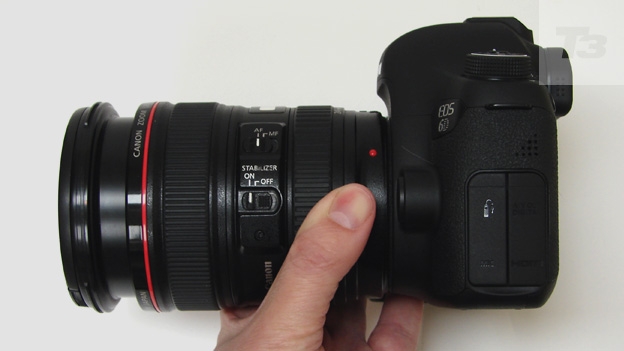
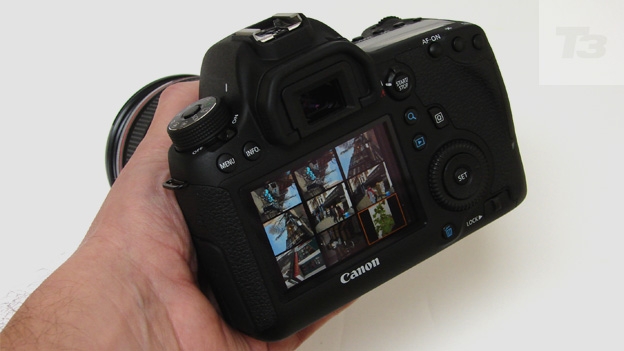
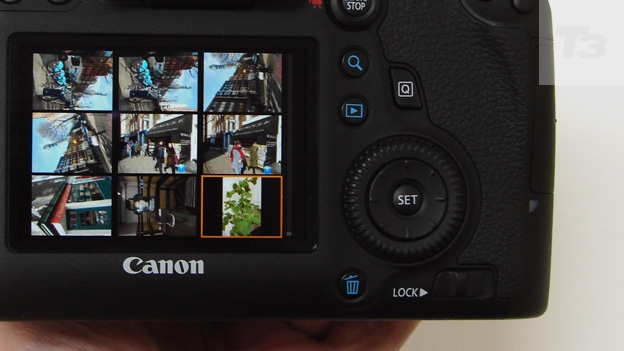
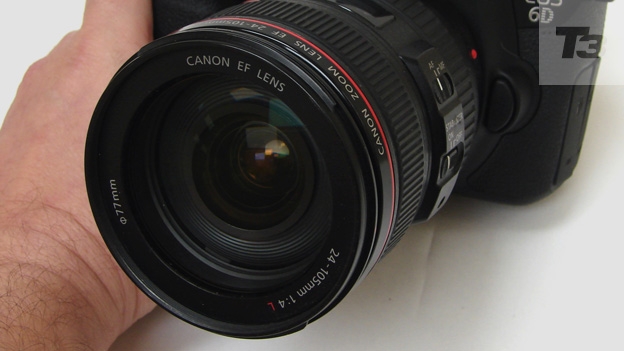
The Canon EOS 6D is the brand's lightest, most affordable and accessible semi-pro DSLR. But even so, is it worth just under £2,000?
The biggest sensor you can get in the body of a digital SLR based around an old 35mm film SLR is naturally a sensor the equivalent size of a frame of 35mm film. And that's what the Canon EOS 6D provides.
Announced in September 2012, the 6D is aimed at semi-pro (or would-be) photographers making a step up from the smaller APS-C sensor digital SLRs aimed at amateurs and enthusiasts. Does it have what it takes to make it into our list of the Best Digital SLRs around?
In a nutshell, the EOS 6D provides the opportunity of a pro level of specification at a cost that won't break the bank. It's also Canon's smallest and lightest full frame DSLR - so a boon for travel and landscape, as well as portrait or wedding photographers, who prefer the candid shoot-from-the hip approach.
Why would you actually want a full frame sensor? Well, aside from the fact that when it comes to camera sensors bigger is always better - as long as they're not stupidly over-burdened with pixels which leads to image noise/visible grain. A full-frame sensor also means that we don't have to do any of those '35mm equivalent' calculations when working out the focal length of any lens attached.
Put simply there's no magnification factor involved: so stick a 90mm lens on the front of a full frame DSLR and the focal length is actually 90mm, pure and simple.
The 36x24mm CMOS sensor deployed in the 6D offers an effective resolution of 20.2 megapixels from a total 20.6MP, with a body-only price of £1799.99. While not cheap, to any pro looking for a back up DSLR it is at least affordable.
There are two bundle deals available on launch. Either with body plus 40mm prime lens for £1,959.99 (give or take a couple of quid, the same price as a body-only Nikon D600), or EOS 6D plus all encompassing 24-105mm zoom for £2,519.99.
The latter was the set up we had in for testing, that wide angle most suited to landscapes, and the telephoto end just about everything else. Street prices will inevitably be cheaper.
Whereas the rival Nikon D600 offers compatibility with an optional Wi-Fi module, its manufacturer reasoning that this is a technology still evolving, Canon has instead opted to build wireless connectivity into the 6D, along with GPS for location tagging of shots.
This is the first instance of Wi-Fi on a Canon DSLR. Thus images can be transmitted to PC, smartphone, or even one of its own wireless inkjet printers. Also, you can actually control the camera remotely via an iPad; you can fire the shutter, change the shutter speed and view images.
Furthermore the ESO 6D is a flexible tool in a wide variety of conditions, thanks to 11-point auto focus and a very broad light sensitivity range. This extends from ISO50 right up to ISO102,400 for pictures by moonlight, which is actually a better performance than the brand's current flagshipDSLR - the Canon EOS-1DX.
If you can stomach the asking price, the above sounds great in theory. But how does the 6D handle in practice?
Canon EOS 6D: Controls
The Canon EOS 6D shows its semi-professional mettle with a control layout that's as button festooned as we'd expect for the price, with most key options such as drive modes, ISO, metering and the ilk given their own buttons to be accessible quickly, rather than being buried in a maze of menu screens.
As well as the larger LCD at the back, we get a smaller window on the top plate for affecting such changes on the hoof without needing to glance away from the subject.
Positioning is such that in the midst of shooting or recording video, the options we wanted were within reach of the thumb or forefinger of our right hand, the remaining fingers of which moulded around the prominent handgrip. There's enough space here for the larger handed to also be able to feel comfortable in operating the device.
Settings you wouldn't immediately alter in the heat of the action, such as those to be found on the pound coin-sized shooting mode dial, are located over at the left hand side of the 6D's top plate, encircled by a stiff lever that provides the on/off switch.
The 10-strong range of shooting options includes the fully automatic alongside the expected likes of program aperture priority, shutter priority, aperture priority and manual, plus two customisable settings and even Creative Auto and pre-optimised scene modes, as would be familiar from a consumer-level DSLR for anyone stepping up.
Canon EOS 6D: Screen
The fixed, non angle adjustable LCD screen provided on the back of the EOS 6D is the standard 3 inches in size, but offers a higher than average resolution of 1020k dots, plus anti glare coating to aid visibility when using Live View mode for shot composition, not just review.
As mentioned there's the second, smaller and narrower LCD window for altering key shooting settings on the fly, and not forgetting the large and bright eye-level optical viewfinder, the use of which feels the most natural for taking stills. If it's video you're after however, then the 3-inch LCD is the one you use.
Apart from the ability to utilise the screen for shot composition in Live View mode, or review images or video already captured, it can naturally be used to display shooting information also.
And, with a further press of the 'info' button top left of the LCD, it will display an electronic level gauge so you can make sure your shots and horizons are always straight and true, even when you don't have a tripod with bubble spirit level to hand.
Canon EOS 6D: Battery
The Canon EOS 6D comes supplied with a mains battery charger out of the box, plus a chunky LP-E6 lithium ion rechargeable pack. As a testimony to the camera's semi-professional status, power performance is impressive indeed. Up to 1090 shots are achievable from a full charge if shooting at room temperature, with just under 1000 achievable even if shooting outside at 0°C.
For power-hungry photographers wanting double that number of shots - for example if working away from mains power for an extended period, such as on a travel assignment - Canon has introduced a new battery grip that attaches to the base of the camera in the BG-E13, though it's another £250.
But, should this optional addition itself run out in the middle of nowhere, there's the ability to insert a handful of bog standard AAs as an emergency measure to keep you shooting.
Canon EOS 6D: Image quality
With the 24-105mm kit lens screwed on the front of the 6D we were able to achieve some lovely shallow depth of field effects - for example keeping the face in focus but attractively blurring the foreground and background to really draw attention to our subject - a feature which really sets this class of camera apart from your common snapshots.
As there's no sensor shift image stabilisation provided within any Canon DSLR body this takes place via the lens itself, which features a catch to switch anti shake on or off. Colours were natural if erring towards warm when left to the camera's own default devices, while plenty of punch and contrast is provided to images.
With a camera like this, at this price, it's as much about the lens in use as the sensor, however. And while the zoom provided is a decent jack-of-all-trades we're sure a dedicated prime lens would produce an overall sharper result.
The same creamily smooth if not quite razor-sharp results continue when shooting video, with a dual-use backplate button provided for the purpose, the accessing of which switches the Live View mode on to allow filming to commence.
It should be noted however, that the user will need to focus manually if altering framing/switching between subjects and wanting a rapid response once recording has commenced. In other words recording video is still not as fluid a process as shooting with a translucent mirrored Sony SLT camera or any mirrorless compact system cameras.
While we were very impressed with the EOS 6D during the time we spent playing with it, it should be stressed that it is not the best option for those looking for high-speed capture, offering as it does a relatively modest 4.5 frames per second.
That's OK for occasional action shots, but it's not the very best option for sports photographers that the 12fps EOS-1DX presents higher up the range, albeit for twice the price, or the next model up from the 6D in the Canon 5D Mark III, which offers 6fps.
Canon EOS 6D: Verdict
Canon has pitched the 20.2 effective megapixel EOS 6D as offering an entry point into its full frame professional DSLR line-up for those looking to trade up from an APS-C sensor DSLR.
Though still chunky, its relatively lightweight build compared to even more professional models ensures it won't feel too alien in the hands of those more used to a consumer-level model.
But that said, you will only be considering a purchase if you're looking to get the very best quality achievable from a 35mm format digital SLR, without paying top dollar. And if that's the case you may well be looking to make money from your pictures, or at least achieve a result (with a modicum of skill of your own of course) you'll be able to classify as 'professional' with a straight face.
For those serious about their photography to that extent, the EOS 6D is also a viable alternative to the Nikon 600D if you're not already wedded to its rival's system. All things considered, while a body-only £1700 isn't cheap by any means, compared to what else is out there it's almost reasonable.
Canon EOS 6D release date: Out now
Canon EOS 6D price: From £1799.99 body only
Sign up to the T3 newsletter for smarter living straight to your inbox
Get all the latest news, reviews, deals and buying guides on gorgeous tech, home and active products from the T3 experts
Gavin Stoker has been writing about photography and technology for the past 20 years. He currently edits the trade magazine British Photographic Industry News - BPI News for short - which is a member of TIPA, the international Technical Imaging Press Association.
-
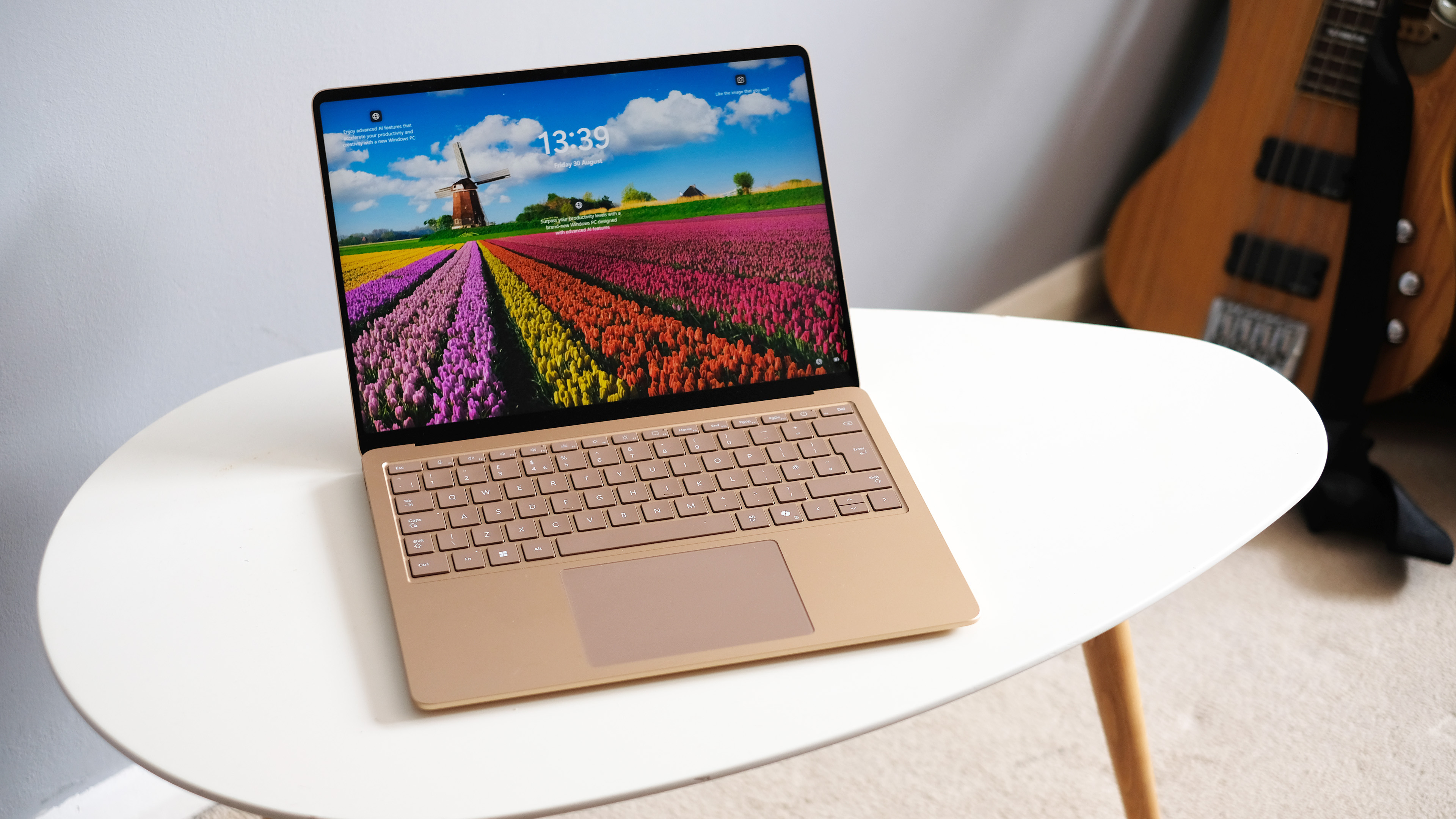 I tried a Snapdragon feature that's a game-changer for Netflix, Amazon and more
I tried a Snapdragon feature that's a game-changer for Netflix, Amazon and moreMoises Live can isolate and enhance audio in real-time using the Elite X's NPU
By Mike Lowe Published
-
 Under Armour's new sneaker doesn't play by the old rules
Under Armour's new sneaker doesn't play by the old rulesIf this is the future of the brand, it's off to a running start
By Matt Kollat Published
-
 YETI just made bowls cool – literally. And also figuratively.
YETI just made bowls cool – literally. And also figuratively.New YETI design, same bear-proof energy
By Matt Kollat Published